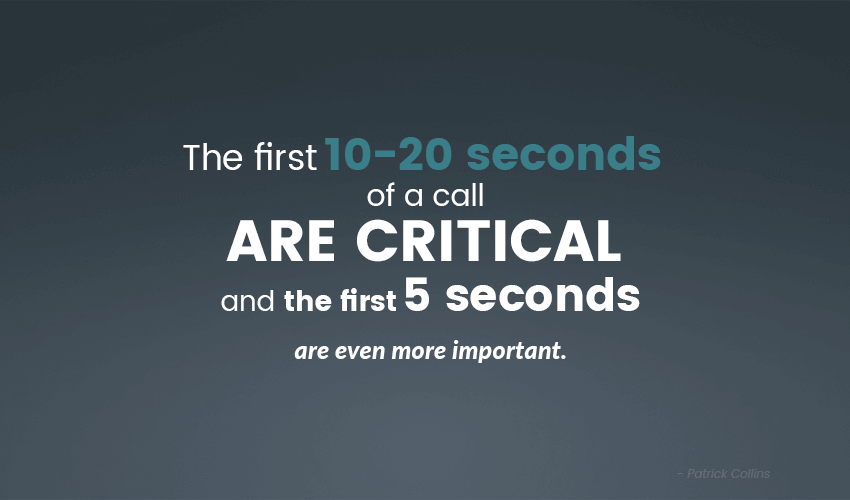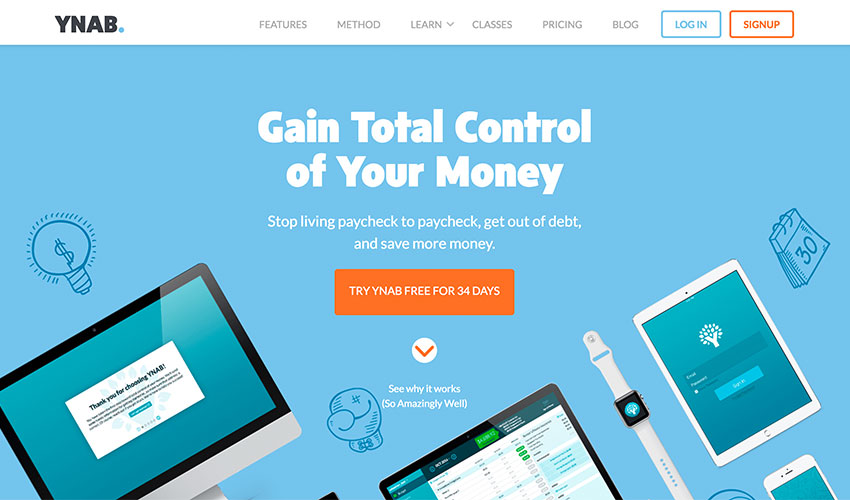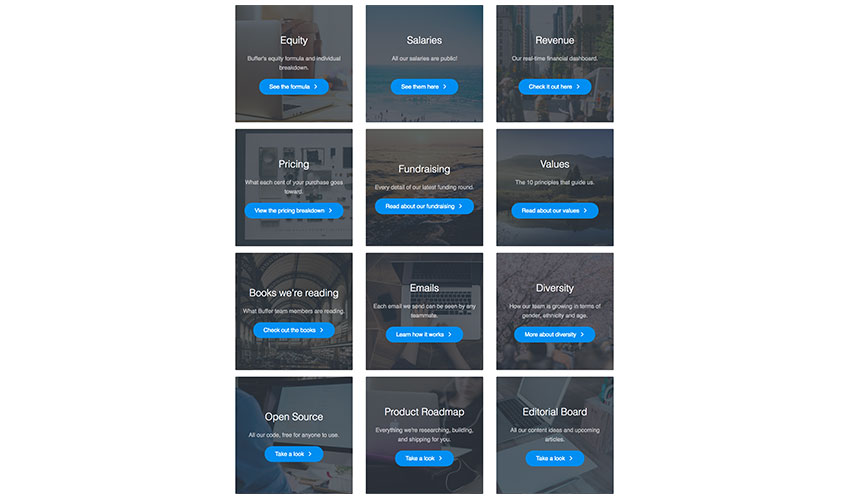If you are an entrepreneur or a small business owner who wants to jumpstart their sales, there is just so much you can do. Of course, sales depend on many different factors, but you can still improve some of them yourself. Here are ten highly effective techniques to jumpstart your sales.
1.Focus on Emotions and Feelings
You’ve probably heard about it before that focusing on emotions and feelings is essential for building strong short-term and long-term relationships with your customers. If you have a connection with them, they will be able to relate to your brand better. Make your audience feel good on an emotional level first, then follow up with facts.
The thing is that we are used to focusing on emotions rather than on logic when we experience something for the first time. This is why first impressions matter so much and can make a big impact on how your first-time customers feel about your brand and whether or not they become your long-term clients.
2. Make Them Agree With You
Did you hear about cognitive dissonance? Basically, it’s the idea that we are committed to a certain “version” or perception of ourselves. This is why we tend to avoid putting ourselves in situations that negate that perception. Knowing about cognitive dissonance and using it can help you increase sales dramatically.
If you ask your customers certain questions that will make them agree with you, they will get “on board” early on. Afterward, they will be less likely to disagree with you about the usefulness of a certain product or feature. This will help you easier sell your products or services to such clients.
3. Sell It to Themselves
Yes, you heard it right. You can make your clients sell your own products to themselves. It’s funny how easy that can be done and how many business owners and marketers are missing out on the opportunities this technique brings.
The point is to give your client reasons to defend what you’re selling. You can do this by saying that you are not sure whether a product or service is right for them or by mentioning that they seem more interested than you originally expected. If you allow them to defend your product, they will put together their own argument about why they should make the purchase.
4. Show Examples of Other Clients
Making other clients an example for your potential customers will help you persuade the latter ones to make a purchase. We are social beings and like to know about what other people feel about this or that. It’s all about psychology at the end of the day.
Social proof is so effective exactly for that reason. If you share positive feedback, it will only have a good effect on the overall image of your organization. In addition to that, genuine and honest reviews can highlight the benefits of your products maybe even better than you ever could.

5. Outsource Your Content Creation
One of the best marketing strategies you could use is content marketing. It is cheap, easy to set up, and quite effective. One of the downsides, however, is that it may take too much of your time as content creation is a painstaking process.
A great solution for this problem is outsourcing your content creation with the help of an online writing service such as Trust My Paper. This will give you more time to focus on the more important aspects of your business such as increasing your sales. You can outsource other tasks as well such as administrative chores and so on.
6. Limit Time and Create Urgency
Everyone loves special deals because they allow you to purchase something you really like for a price smaller than the usual one. If you make such deals limited, you will realize that people are starting to buy more and more (even if the product is not that popular or valuable.)
We are afraid of missing out on an opportunity, so when your customers realize that there is a limited time the product will be available or there is a set number of such products, they will try to grab it as fast as possible. You can see that by looking at the holiday sales most stores usually have. For example, Black Friday.
7. Give Them Some Space
Sometimes marketers make the mistake of being too pushy. Alright, let’s be honest, not sometimes but quite often. It doesn’t matter whether this comes in the form of too many promotional emails or constant phone calls – people don’t like it.
Your aim, on the other hand, is to make your customers feel comfortable. Give them some space. If they realize that they can feel safe and there is no pressure in the relationship between you and them, they will start feeling more confident. They will start trusting you more and even making the first step rather than waiting for you to do it.

8. Highlight the Benefits
We are used to paying attention to risk first and only then to everything else. If you are not a popular company, your potential customers might be afraid to purchase from you even if your products are absolutely outstanding. This is why it is so important to highlight the benefits of buying from you.
Show why and how your product or service is great. Keep the focus on the rewards your customers get when they buy it. Tell them about the advantages they get, whether it is a smaller price or a higher value. At the same time, try to minimize the risks as much as possible.
9. Tell Great Stories (and Jokes)
Never forget about the power of storytelling. Telling great stories is an amazing way to build trust and establish a strong relationship with your customer. Stop thinking in terms of statistics and start telling anecdotes.
If you want to be impressive, tell the story of a single happy client rather than claiming that hundreds of your clients have been satisfied with your work. It is a lot more personal and will show the “real” factors that determined such a great experience.
10. Outsmart Your Competition
Lastly, outsmart your competition by doing regular research about them. You have to know what they are up to at any given moment. Maybe you can even use this knowledge in your own strategy and increase your sales with the same tactics they used.
Always be a step ahead of them. And, on the contrary, don’t copy directly whatever your competitors are doing. That will only make you look unprofessional and a copycat that nobody respects. Know the limits.
Final Thoughts
In conclusion, sales are a constant worry for all business owners, so it’s only natural that you want to increase them. If you use some or all of these tactics, you will definitely see an improvement.
Bridgette Hernandez is a Master in Anthropology who is interested in writing and is planning to publish her own book in the near future. She works with professional writing companies such as GrabMyEssay and SupremeDissertations as a writer. The texts she writes are always informative, based on qualitative research but nevertheless pleasant to read.










